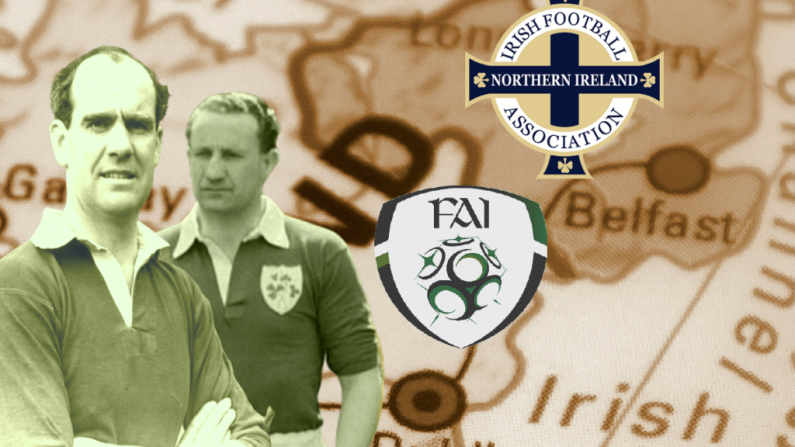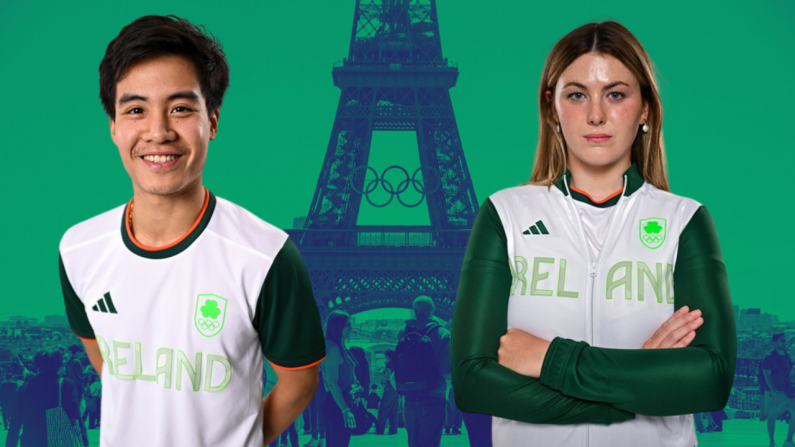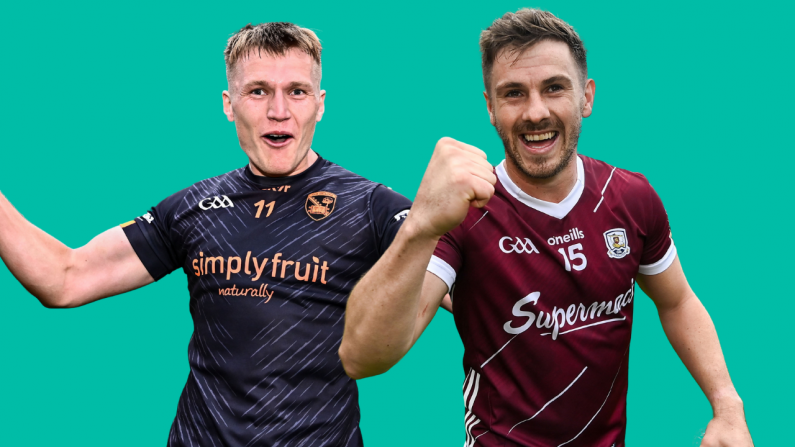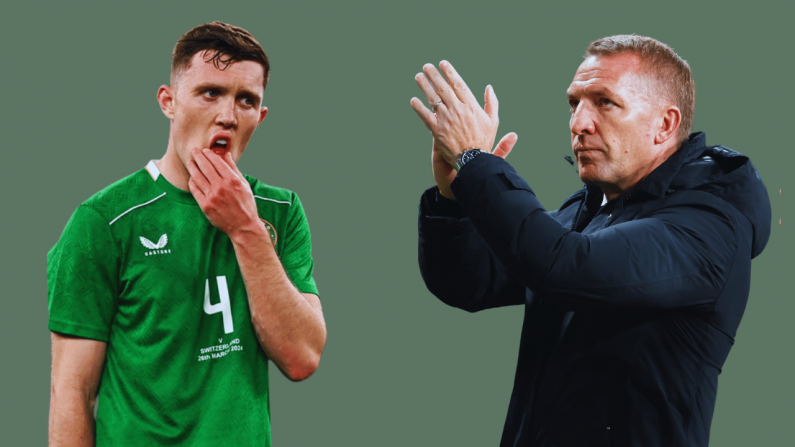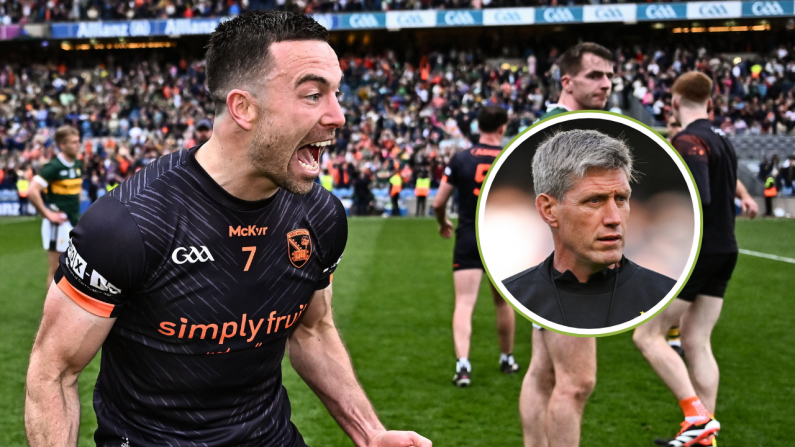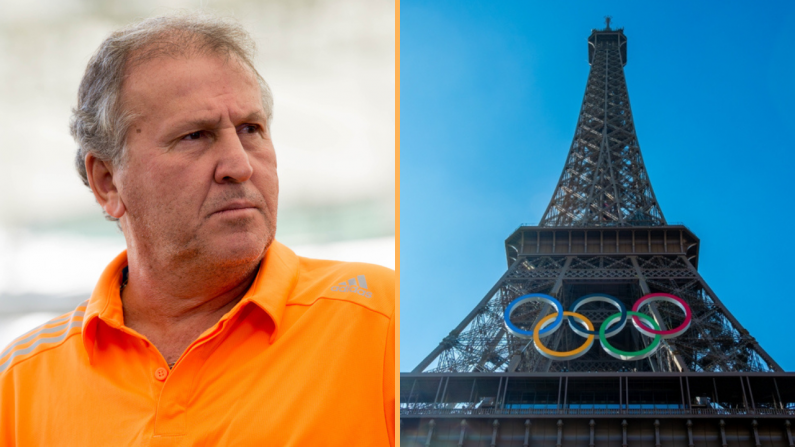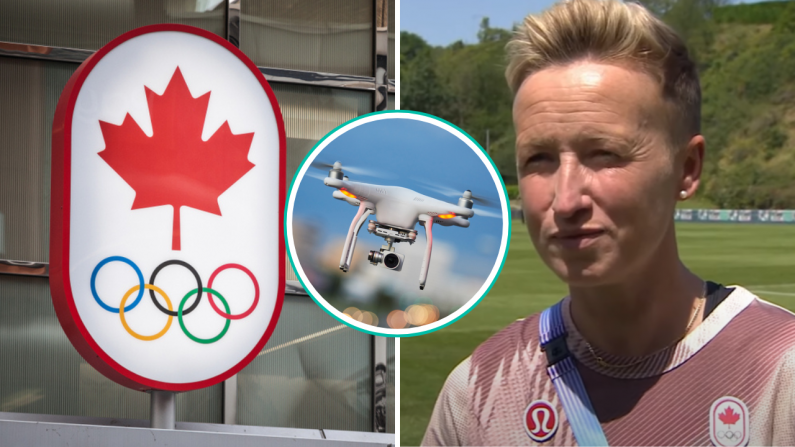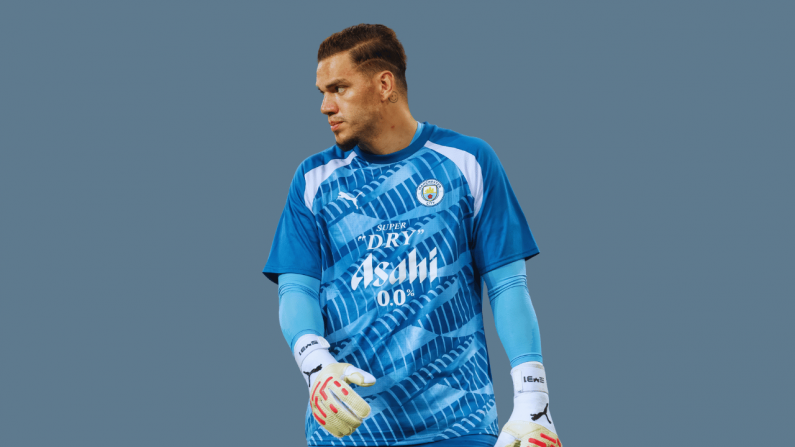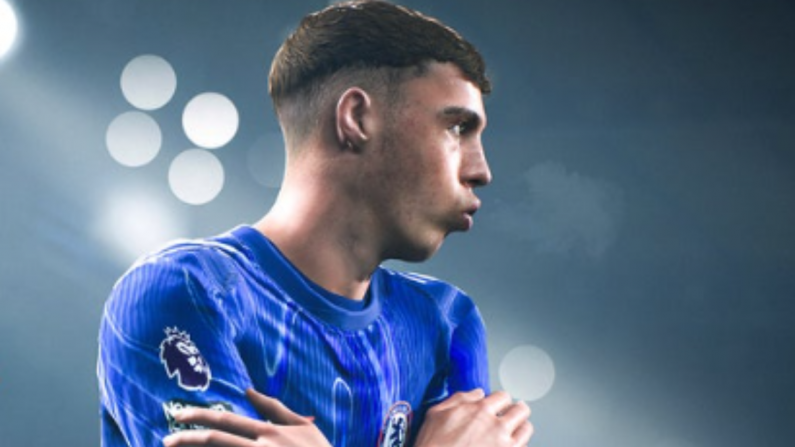On Thursday night, one hundred miles north of the Aviva Stadium, dignitaries from the Irish Football Association played a host their Estonian counterparts in Belfast, as Northern Ireland met the Baltic country in the opening gambit of their respective Euro 2020 qualifying campaigns.
It was the home side who would prevail on the evening with relative comfort. Goals from Niall McGinn and Steven Davis sealing a 2-0 win in a match which the North dominated.
The trip between the showpiece arenas would have taken no more than a couple of hours by car, though one would expect few to have made the trip.
The spin between Ballybofey and Dungannon you could probably polish off in about 80 minutes if you know a handy back road or two. More or less half the distance of the journey between Dublin and Belfast, yesterday evening saw the two towns located in adjoining counties, host top-flight Irish domestic fixtures - Shamrock Rovers the guests at Finn Park in Donegal whilst Dungannon Swifts welcomed Linfield in mid-Ulster.
Two separate club games, played in two separate leagues, on one island, on the same evening.
You'd have had to have lived an oppressively sheltered life to not, by this stage, understand the political intricacies and histories that dictate the existence of two separate footballing leagues on this island.

And whilst it's not our job to bore you all over again, it is certainly in our remit to point out the funny little anomalies that occurred as Irish football, both north and south, wrestled with the transitionary period that saw the FAI in Dublin break from the IFA.
For four decades, between 1884 and 1924, Ireland was represented at international level by a single national side. The onus of selection fell upon the IFA, with players from both Northern and Southern parts of the island represented even after the partitioning of the country in 1920.
But, against a backdrop of simmering nationalism, the shit really hit the fan in 1921 when, after the IFA reneged on a promise to play an Irish Cup final replay between Shelbourne and Glentoran in Dublin, the FAI - God bless them - was born.
It would be three years before the new association assembled its own national side - the Irish Free State - and what would follow in that muddled and fraught subsequent quarter of a century would be a power struggle between the two associations, who each claimed the legitimacy to the Irish football name.
Both entities lay claim to players either of the border a scenario that would eventually lead to over 40 players hovering between two different teams as and when they liked.
It was a simpler, less commodified, Declan Rice free time.
Perhaps the most farcical - or fantastical, depending on your view - anecdote from the age involved Sligo man Bill Gorman and Manchester United legend Johnny Carey.
Jack Rowley and Johnny Carey two immediate post war heros pic.twitter.com/prqkB8zUpO
— Paul English (@paulenglish1961) August 4, 2018
As a travelling English side crossed the Irish Sea to play two friendly internationals - the first against the IFA affiliate in Windsor Park and the second against their FAI counterparts in Dublin - within three days of each other in September 1946, it afforded Gorman and Dubliner Carey a unique opportunity.
Having been selected in both national squads, the two would play under the St. Patrick's cross of the IFA on the Saturday in Belfast before striding out to observe the Tricolour on the Tuesday evening in Dalymount Park.
Neither occasion proved successful for the two lads, going down 7-2 and then 1-0 to the tourists.
A decade before, Derry City's outside left Jimmy Kelly, was another who played for both sides in the space of a week. The Donegal native played in an IFA side which triumphed over Wales at Belfast's mythical Celtic Park venue on March 11th, before repeating the trick for the FAI in a Paddy's Day victory over Switzerland in 1936.
The norm, however, in that second quart of the 20th century was far less convenient.
More often came to the rigmarole of players being called into both sides for simultaneous international fixtures and having to choose which one to represent.
In April '31, Dublin's Tom Farquharson and Peter Kavanagh turned down call-ups from the IFA for a Home Nations international against Wales, choosing instead to play for the FAI in a tie against Spain. Seven years later, Drogheda man Tommy Breen opted to play for the IFA in a British Championship match against Scotland, snubbing the opportunity to represent the FAI in a World Cup qualifier against Norway.
Something had to give and in 1950, something did.
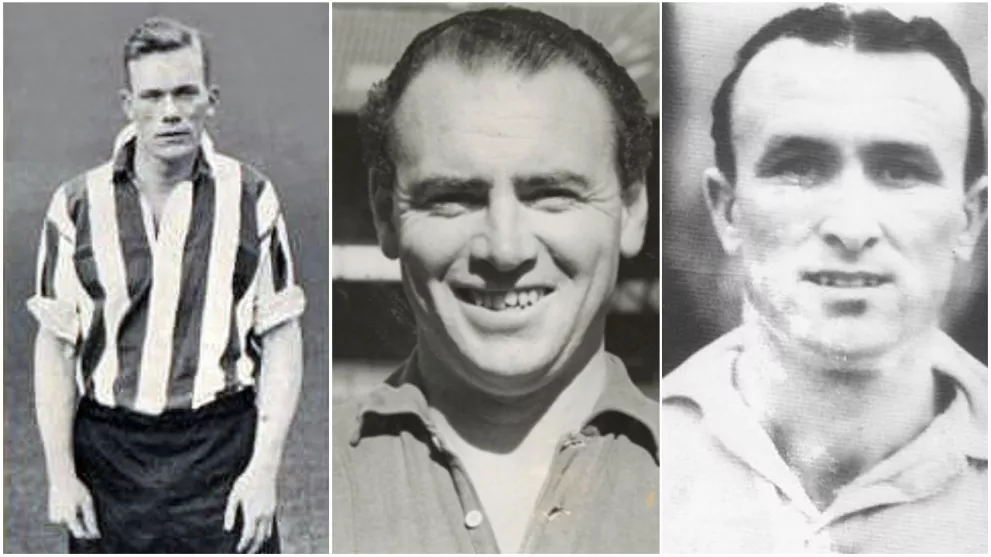
When the IFA called upon Dublin born Con Martin and Reg Ryan, Ryan's West Brom teammate Davy Walsh from Waterford and Limerick man Tom Aherne, who had just sealed a move from Belfast Celtic to Luton Town, for their final qualifier against Wales, the line in the sand was reached.
Being the first competition that both side's had ever appeared in together, the FAI, who had capped the players in qualifiers early in the campaign against Finland and Sweden, raised an objection.
FIFA's hand had been forced; they had to do something.
That something was to restrict a player's eligibility to the association in power on whichever side of the border the player was born. And thus, complete disunion ensued - no grey bits.
In 1953, things were cemented when the governing body decreed that neither side could use the Ireland moniker thenceforth. The FAI team officially became the Republic of Ireland while the IFA were rechristened Northern Ireland, ending almost three decades of ambiguity.
In a divided land, it's been an issue that has raised itself on a number of occasions since. Most notable in recent times have been the defection of the likes of James McClean, Shane Duffy and Darron Gibson across the border to the Republic, having represented the North, the country of their birth, at various underage levels.
To date, Alex Bruce is the only player to have represented both nations at senior level since the dual mandate was removed by FIFA. Having dipped his toe on the infamous 2007 US Tour with the Republic, Bruce was able to switch international allegiances in 2011 and declare for Northern Ireland due to the fact that he had only represented the Republic in friendly matches. That and having a granny from Bangor, Co. Down.
Frankly, many of us were delighted to see the back of him and would have remained so, had it not been for the Bruce loophole to come back and bite us on the ass again eight years later.
In addition to the aforementioned, there were fifteen other players who made a habit of jumping from one side to another in those helter-skelter times.
Players like Ringsend man Jimmy Dunne, who scored four goals in consecutive appearances in 1931 for the IFA, months after grabbing a brace for the FAI side in a May 1930 debut against Belgium. Dunne would return to FAI duties later in his career, ending with an impressive 13 goals in 15 games for the Southerners.
Then there was Tom Davis. Yet another Dubliner, he would make his international debut for both sides within a month of each other in 1936. What's more, he marked each occasion by getting on the scoresheet - twice on his FAI debut against Germany in October, and once for the IFA bow against England in November. Davis would end his combined Ireland career with an impressive five goals in as many games.
FAI and @OfficialIrishFA announce joint bid for 2023 UEFA Under-21 EUROs.
Full Story: https://t.co/b19HjcHlyh #U21EURO pic.twitter.com/wmhnhIuL74— FAIreland ⚽️🇮🇪 (@FAIreland) November 1, 2018
The most combined appearances went to the aforementioned Carey and Martin, closely followed by Everton legend and Dalkey man Peter Farrell. Farrell made 35 appearances in total for the two sides - seven for the IFA and 28 for the FAI.
Farrell's old buddy Tommy Eglinton managed something similar. The pair were almost inseparable playing alongside each other for the guts of twenty years, first at Rovers, then Everton and Tranmere. Like Farrell, Eglinton would too represent both associations on a number of occasions, turning out six times for the IFA and 24 times for the FAI.
Football and Ireland have moved on. Never again will such fluidity in sporting identity be permitted. Whilst on one level, our modern consciousness is soothed by that order; the fact that the rules we have in place now are civilised, a sign of progression, a sign that we got there in the end.
The two associations have even found common ground. Still separated, but at least friends, the two launched a joint-bid to host the 2023 U-21 European Championships last October, which if successful would tie in rather nicely with the narrative surrounding the centenary of their split.
But one still can't help but break into a smile at the thought of those 40 lads, seventy plus years ago, not giving a fiddler's who they were playing for - just as long as they were playing.
*Images of Jimmy Dunne, Peter Farrell, Tommy Eglinton, Con Martin and Johnny Carey sourced from Wikipedia

